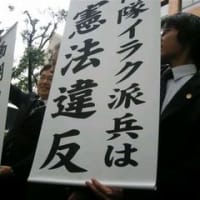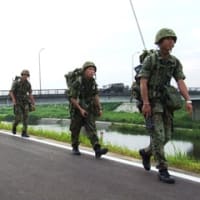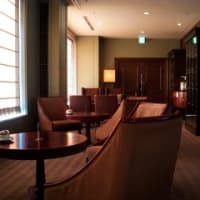妻も私も1時間の寝過ごしです。
2人とも朝が弱いのです。
だから目覚しを2台も用意しています。
でも目覚しのセットを忘れたら
この有り様です。
年に1-2回の珍事なので
ご心配なさらないで下さい。
富士山は美しい山です。
日本一の山です。
富士山の麓に住み
毎日富士山を
当たり前のように見ていたら
そのありがたみが薄れるような気もします。
東京近辺に住み
たまに現れる富士山を見て
感動した方が心に残るような気もします。
シャープは携帯電話も頑張っているのですか。
携帯電話に興味がない私の勉強不足です。
情報ありがとうございます。
ウナギイヌは絵として
頭に焼き付いています。
でも漫画の中での役割が分からないのです。
2人とも朝が弱いのです。
だから目覚しを2台も用意しています。
でも目覚しのセットを忘れたら
この有り様です。
年に1-2回の珍事なので
ご心配なさらないで下さい。
富士山は美しい山です。
日本一の山です。
富士山の麓に住み
毎日富士山を
当たり前のように見ていたら
そのありがたみが薄れるような気もします。
東京近辺に住み
たまに現れる富士山を見て
感動した方が心に残るような気もします。
シャープは携帯電話も頑張っているのですか。
携帯電話に興味がない私の勉強不足です。
情報ありがとうございます。
ウナギイヌは絵として
頭に焼き付いています。
でも漫画の中での役割が分からないのです。




















週2でヤレて月20万契約ってまぢうままーwwhttp://m-boo.net/esm/950
There are four major routes from the fifth station to the summit with an additional four routes from the foot of the mountain. The major routes from the fifth station are (clockwise) the Kawaguchiko, Subashiri, Gotemba, and Fujinomiya routes. The routes from the foot of the mountain are the Shojiko, Yoshida, Suyama, and Murayama routes. The stations on different routes are at different sea levels. The highest fifth station is located at Fujinomiya, followed by Kawaguchi, Subashiri, and Gotemba.
Even though it is only the second highest fifth station, the Kawaguchiko route is the most popular route because of its large parking area. During the summer season, most Mount Fuji climbing tour buses arrive there. The next popular is the Fujinomiya route which has the highest fifth station, followed by Subashiri and Gotemba.
Even though most climbers do not climb the Subashiri and Gotemba routes, many descend down these because of their ash-covered paths. From the seventh station to near the fifth station, one could literally run down these ash-covered paths in approximately 30 minutes. It is also possible to ride a mountain bike down Mt. Fuji from the summit, making for a particularly quick descent, (though it is particularly risky, as it becomes difficult to control speed, and there are often a large number of people on the descending trail).
The four routes from the foot of the mountain offer historical sites. The Murayama is the oldest Mount Fuji route and the Yoshida route still has many old shrines, teahouses, and huts along its path. These routes are gaining popularity recently and are being restored, but don't expect to meet many people climbing from the foot of the mountain. Also, bears have been sighted along the Yoshida route.
An estimated 200,000 people climb Mount Fuji every year, 30% of whom are foreigners. The ascent can take anywhere between three and eight hours while the descent can take from two to five hours. The hike is divided into 10 stations, and there are paved roads up to the fifth station, which is about 2,300 meters above sea level. Huts at this station are not usually manned at night for climbers.
There are eight peaks around the crater at the summit. The highest point in Japan is where there used to be the Mount Fuji Radar System. Climbers are able to visit these peaks.